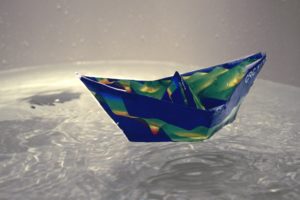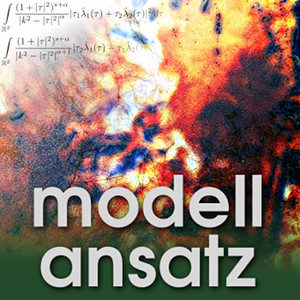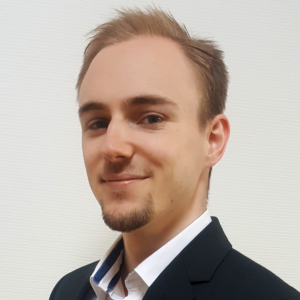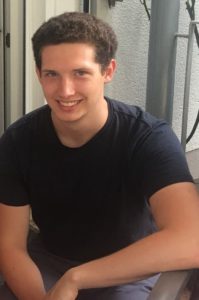
H. Wind
Everybody has experimented with resonating frequencies in a bathtub filled with water. These resonant eigenfrequencies are eigenvalues of some operator which models the flow behavior of the water. Eigenvalue problems are better known for matrices. For wave problems, we have to study eigenvalue problems in infinite dimension. Like the eigenvalues for a finite dimensional matrix the spectral theory gives access to intrinsic properties of the operator and the corresponding wave phenomena.
Anne-Sophie Bonnet-BenDhia from ENSTA in Paris is in conversation with Gudrun Thäter about transmission properties in perturbed waveguides. This is the third of three conversations recorded during the Conference on Mathematics of Wave Phenomena July 23-27, 2018 in Karlsruhe for the Modellansatz Podcast. Anne-Sophie is interested in wave guides: Optical fibers that can guide optical waves while wind instruments are guides for acoustic waves. Electromagnetic waveguides also have important applications.




